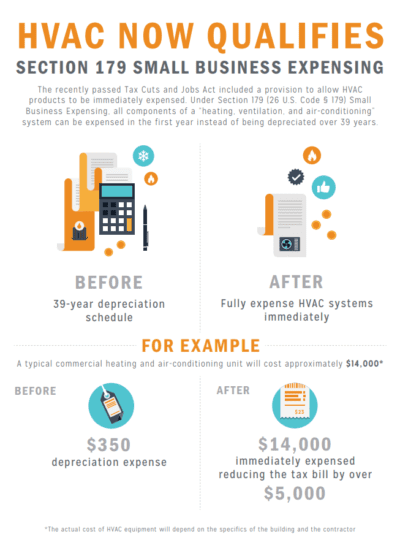Typical Challenges To Avoid In The Setup Of Heat Pumps
Typical Challenges To Avoid In The Setup Of Heat Pumps
Blog Article
Writer-Saunders Rankin
When mounting a heat pump, you should stay away from common blunders that might endanger its effectiveness. Ignoring appropriate sizing may bring about inadequacies and higher utility costs. Neglecting https://deanjrwdj.elbloglibre.com/30452310/use-the-advantages-of-precision-in-your-heat-pump-installation-experience-a-comprehensive-technique-promotes-performance-and-prolongs-the-life-expectancy-of-your-home-s-convenience-system and sealing could cause power wastage and strain on the unit. In https://commercialofficecleanersn95162.topbloghub.com/36810906/emerging-growths-in-heatpump-technology-vital-information-for-homeowners , placing the outside system inaccurately might influence its efficiency. By avoiding these errors, you can make certain ideal working and toughness of your heat pump system.
Improper Sizing of Heatpump
When it concerns the installation of heat pumps, one of one of the most usual mistakes is incorrectly sizing the unit for your room. Ensuring the right dimension is important for ideal efficiency. If the heat pump is too little, it will certainly have a hard time to warmth or cool your room effectively, causing increased energy expenses and prospective deterioration on the device.
On the other hand, if the heatpump is also big, it will certainly cycle on and off often, causing temperature changes and reducing its life-span.
To prevent this blunder, it's vital to have a professional analyze your area and recommend the ideal size of the heat pump based on variables like square video footage, insulation, ceiling height, and local environment. By spending the moment and initiative to guarantee the right sizing, you can enjoy a comfortable environment while making the most of energy efficiency and extending the lifespan of your heat pump.
Inadequate Insulation and Sealing
To make certain the efficient procedure of your heatpump, it's important to attend to poor insulation and sealing in your area. Correct insulation helps preserve a regular temperature inside your home, lowering the workload on your heatpump. Insufficient insulation can cause energy loss, making your heatpump work harder and less efficiently.
Sealing any voids or leaks in your area is equally important. These spaces permit conditioned air to leave and exterior air to leak in, forcing your heatpump to make up for the temperature variations.
Inaccurate Placement of Outdoor Unit
Resolving the placement of your heatpump's exterior unit is essential to maximizing its performance. Setting up the outside device in an inaccurate location can bring about efficiency concerns and potential damages to the unit.
One common blunder to stay clear of is putting the outdoor device too near a wall or various other frameworks. This can limit airflow, causing the system to work harder to warmth or cool your area, inevitably minimizing its performance and lifespan.
An additional mistake to steer clear of is positioning the exterior unit in direct sunlight. While some sunshine is inevitable, too much exposure can result in overheating, specifically throughout warm summer days. It's finest to place the outside unit in a shaded area to help keep its optimal operating temperature.
Furthermore, see to it that the outdoor device is put on a secure and level surface area. Irregular ground can trigger resonances and unneeded pressure on the unit, impacting its performance with time.
Verdict
To conclude, staying clear of usual mistakes during heat pump installation is essential for maximizing efficiency and longevity of your system. By guaranteeing correct sizing, sufficient insulation, sealing, and correct placement of the outdoor system, you can stop problems such as inadequacies, enhanced energy bills, and stress on the unit. Taking simply click the up coming document to resolve these essential factors will ultimately conserve you money and time in the future.
